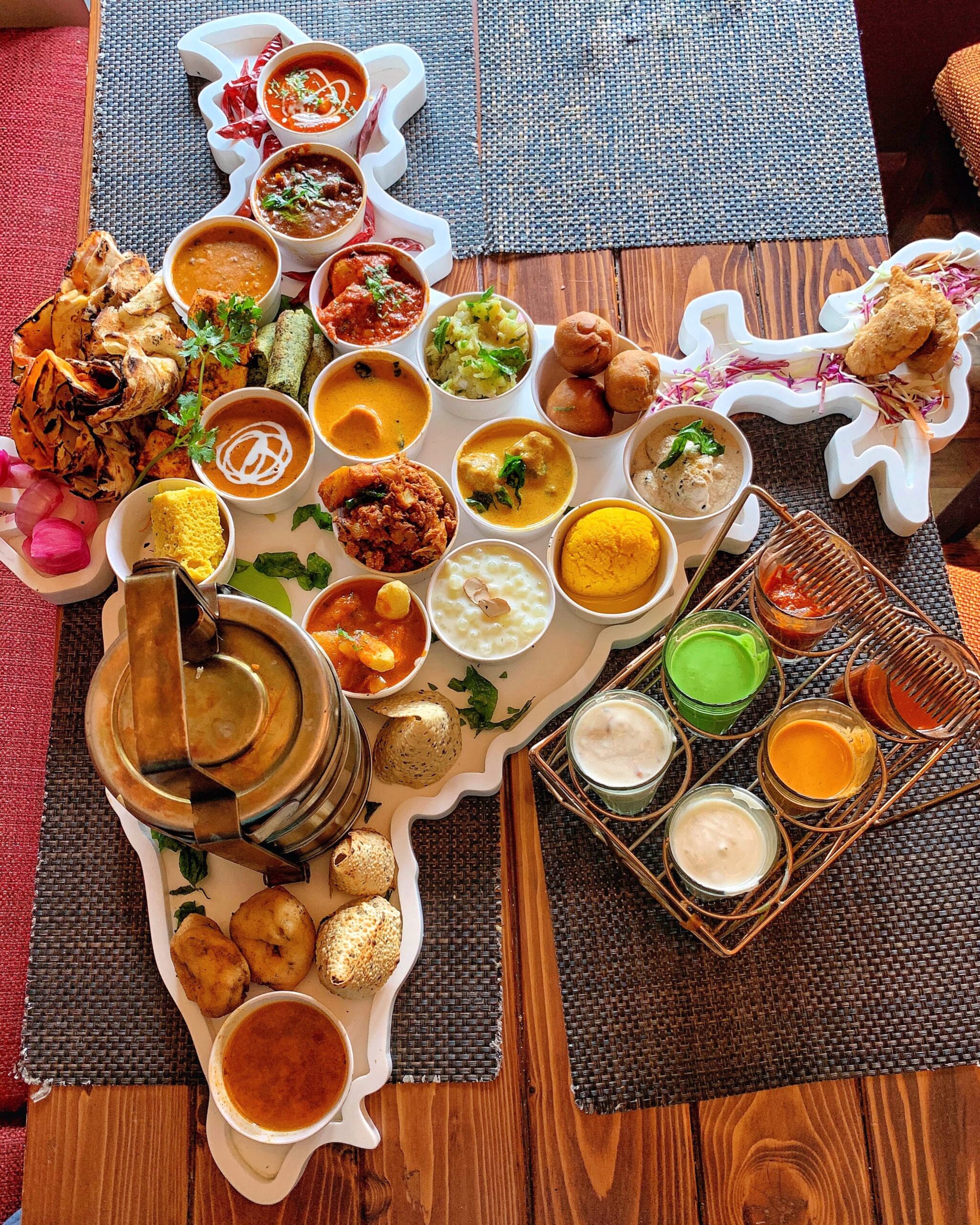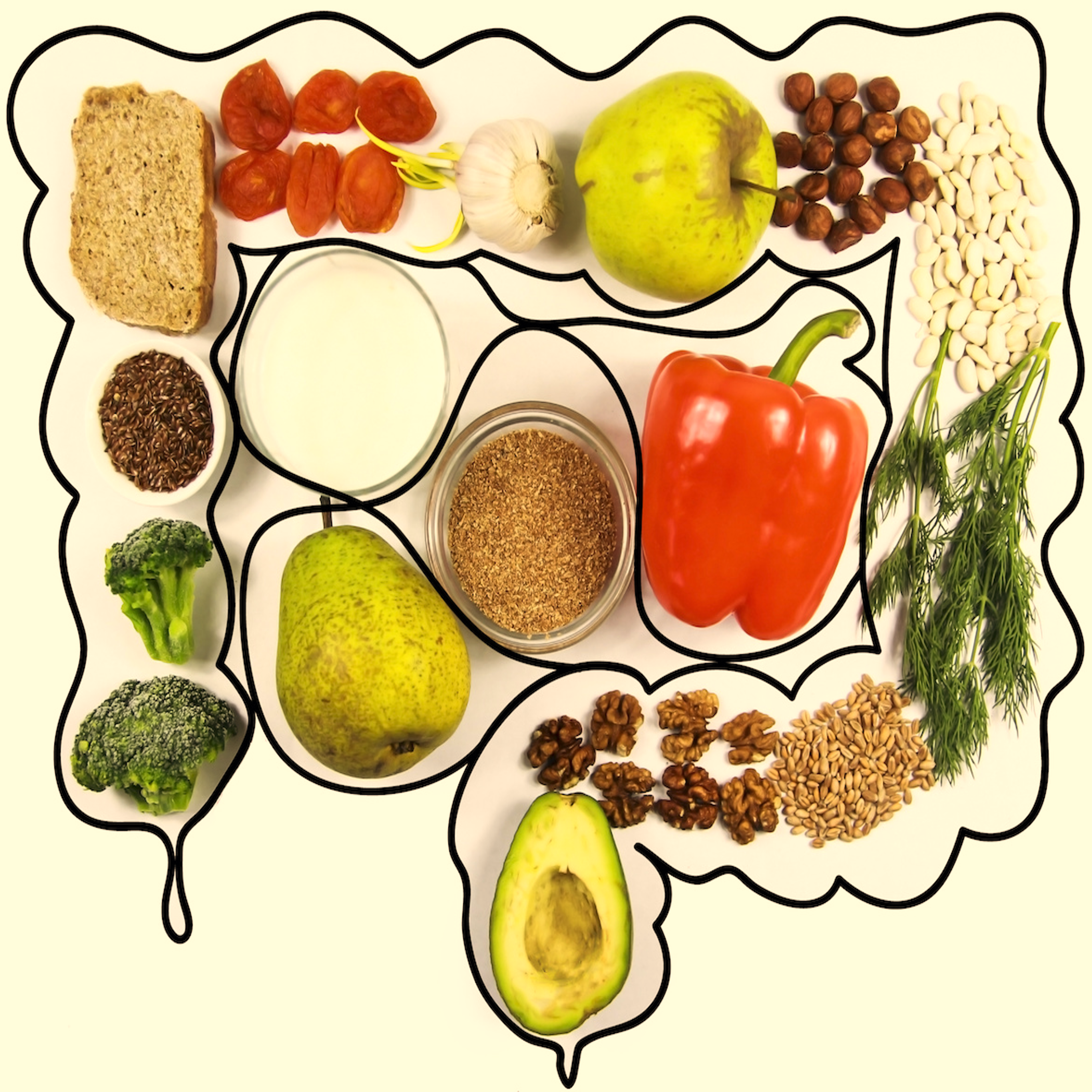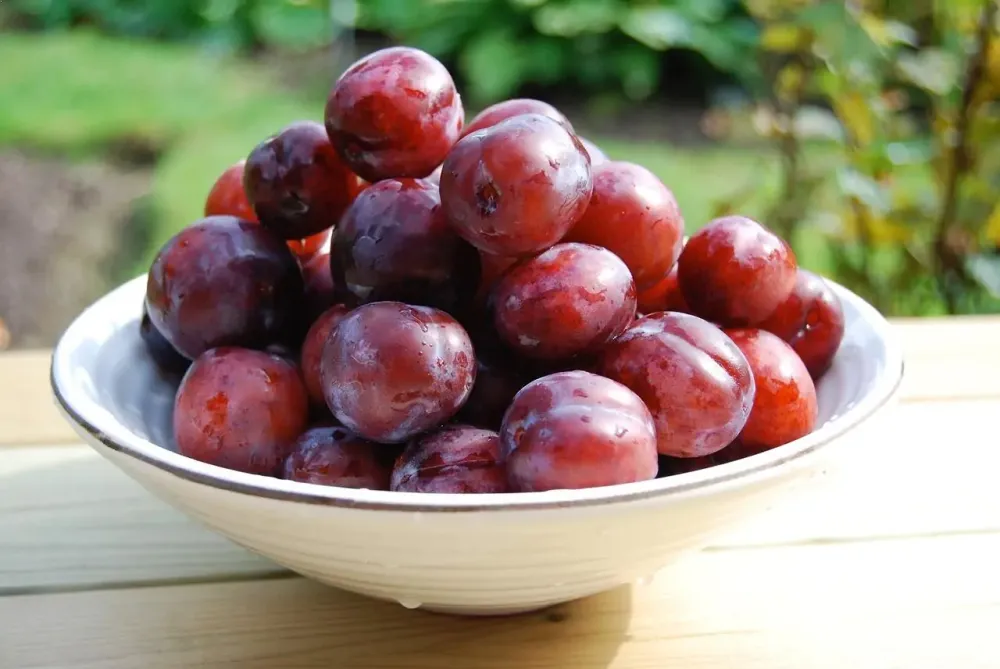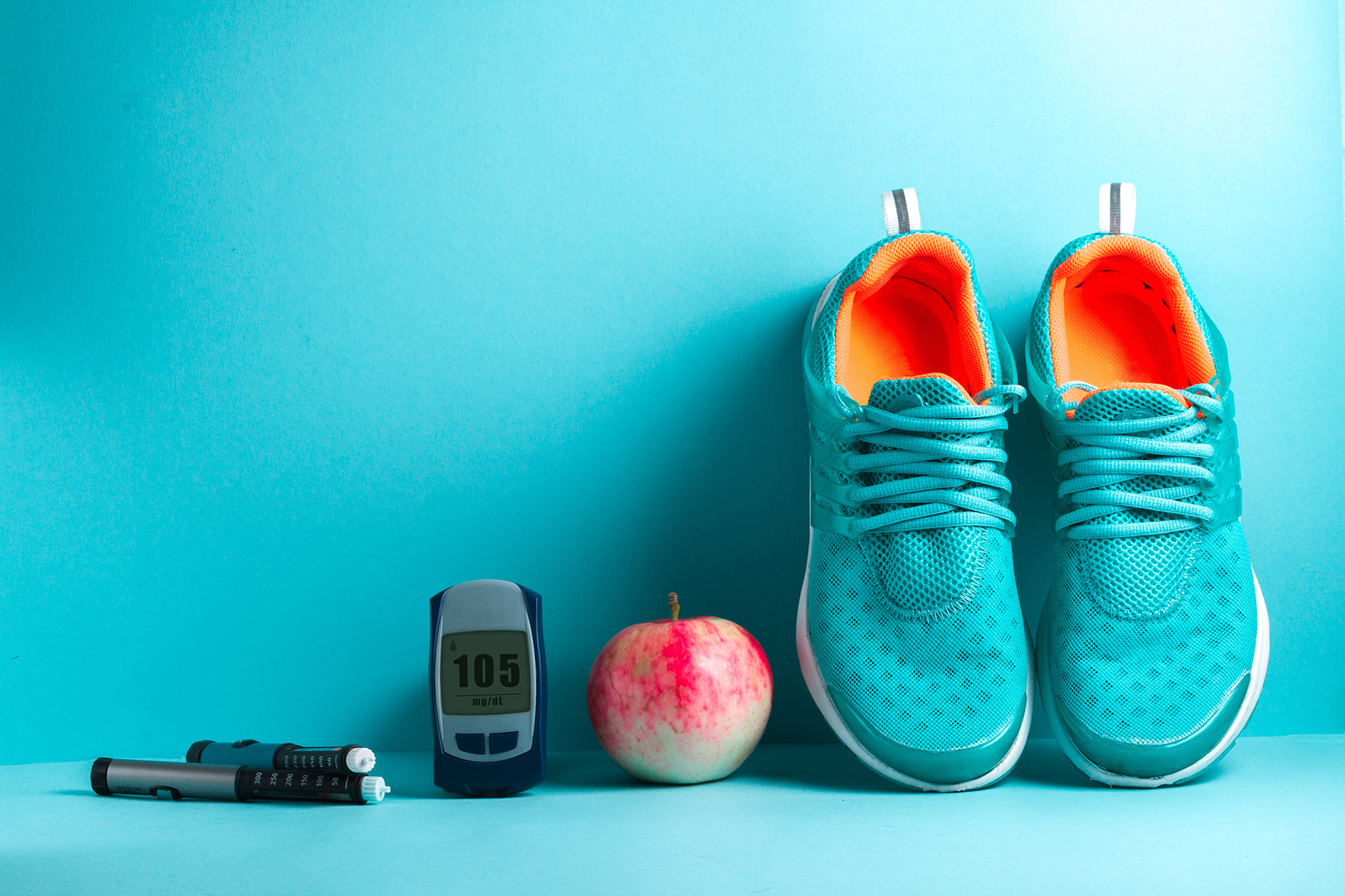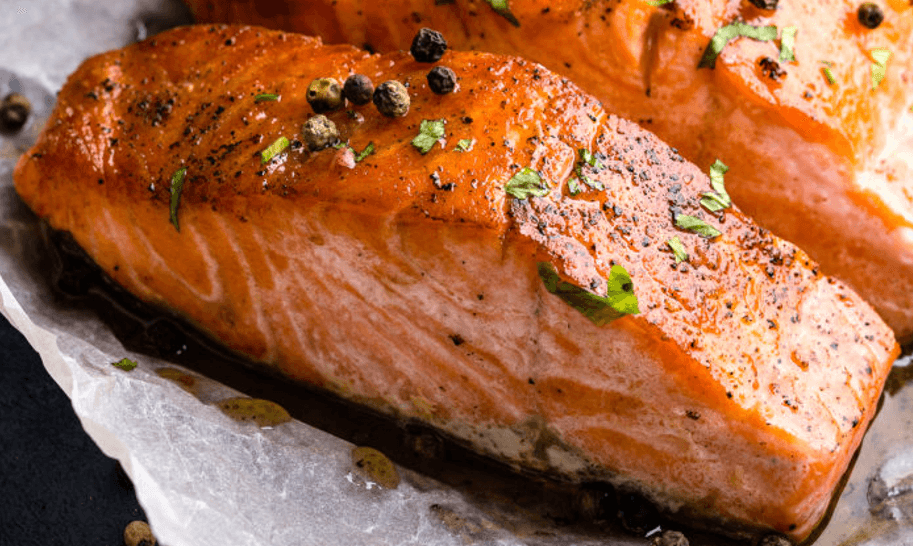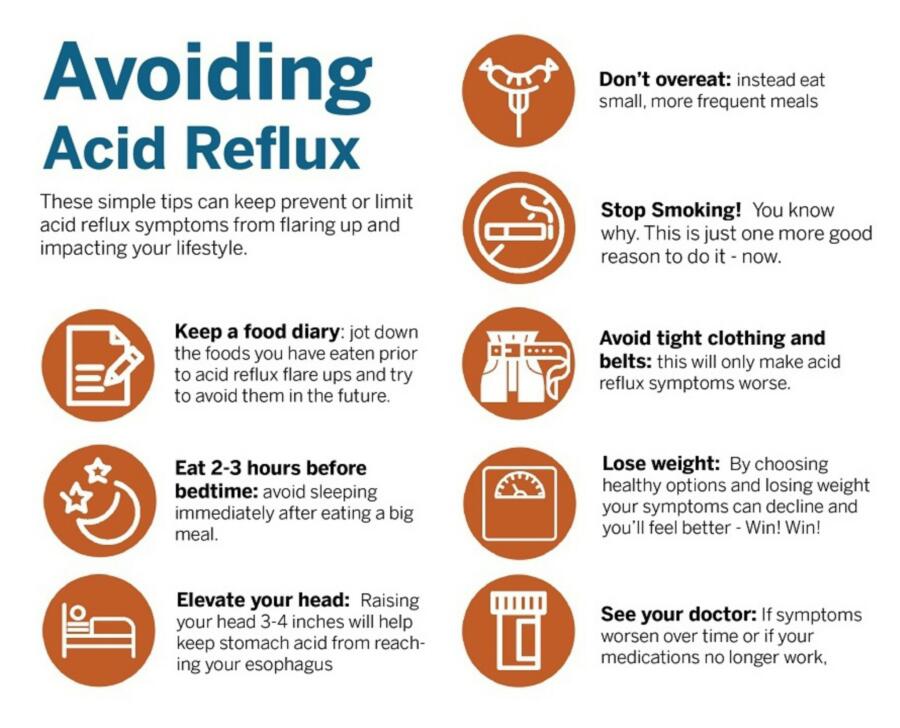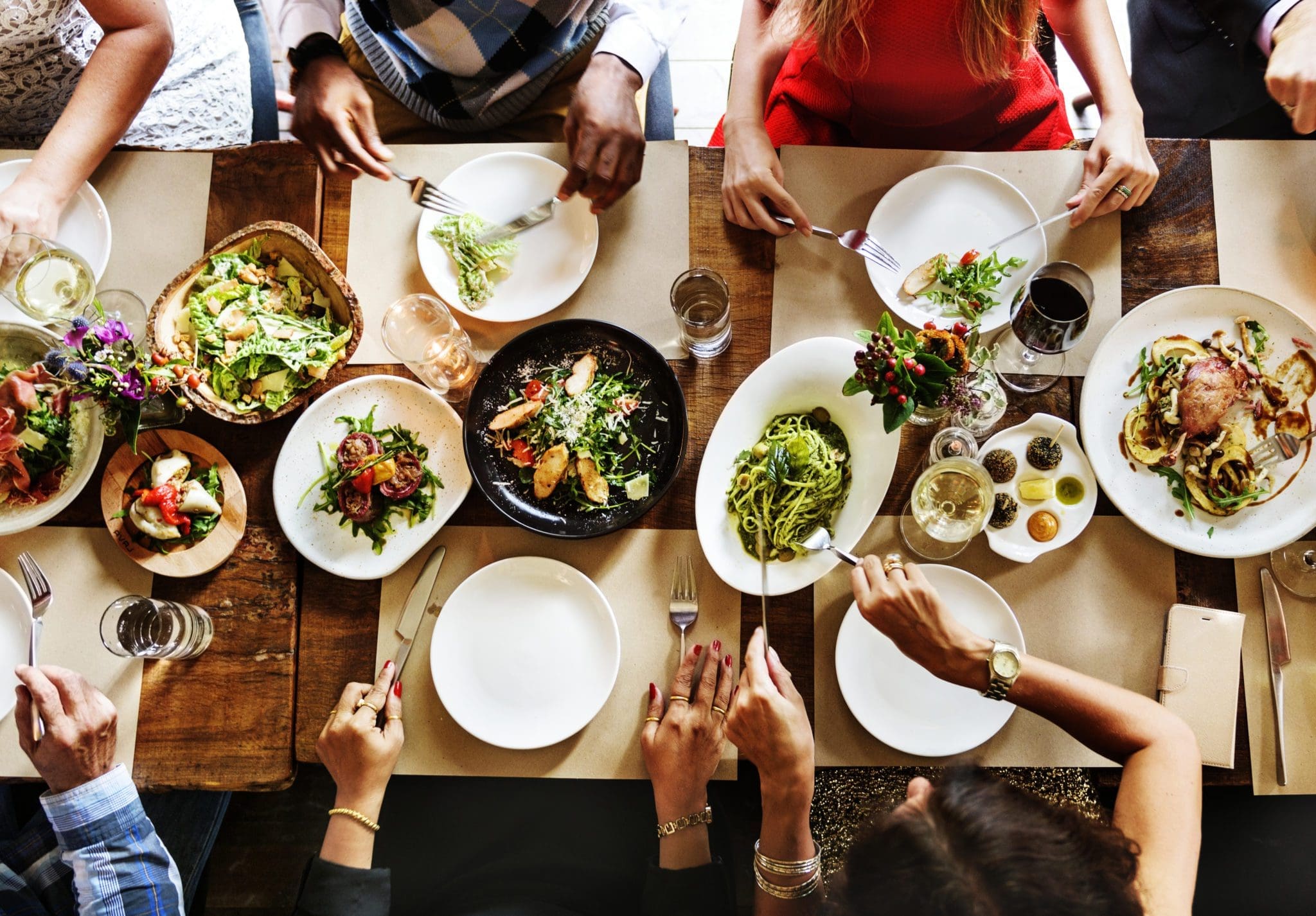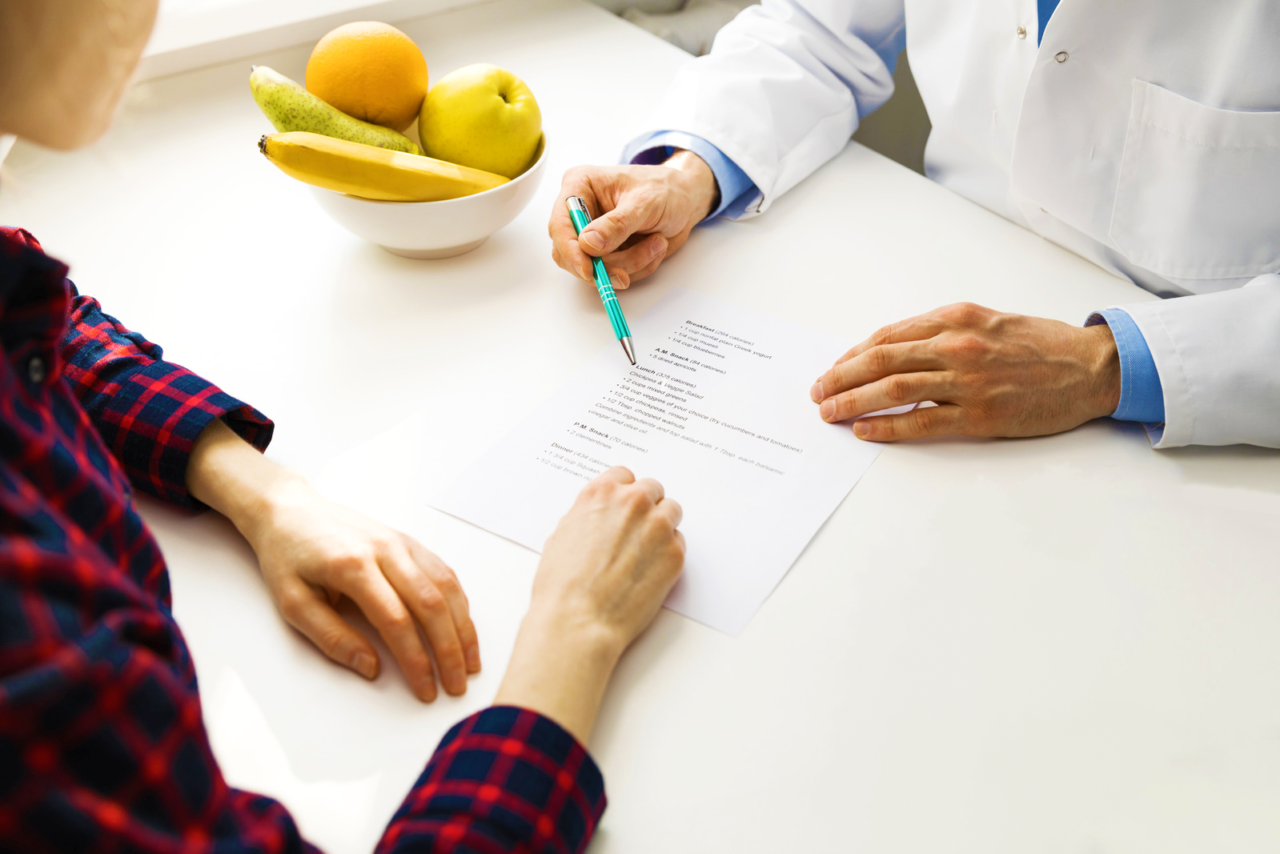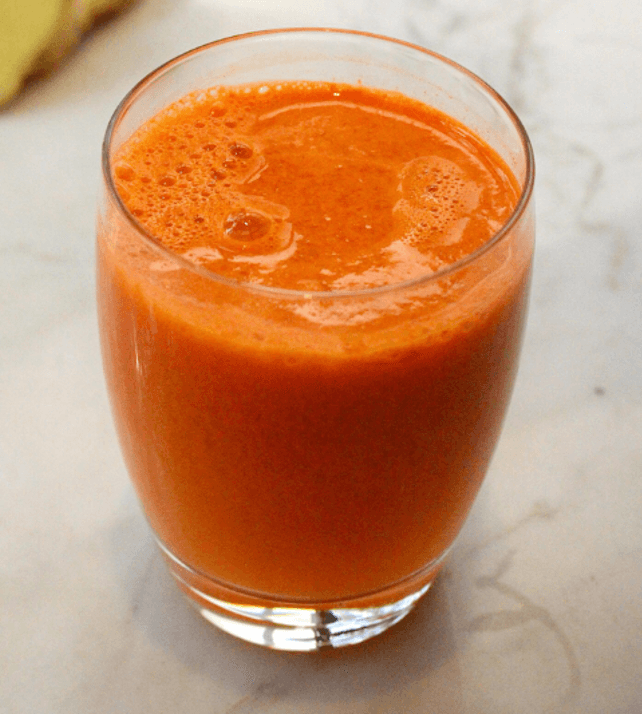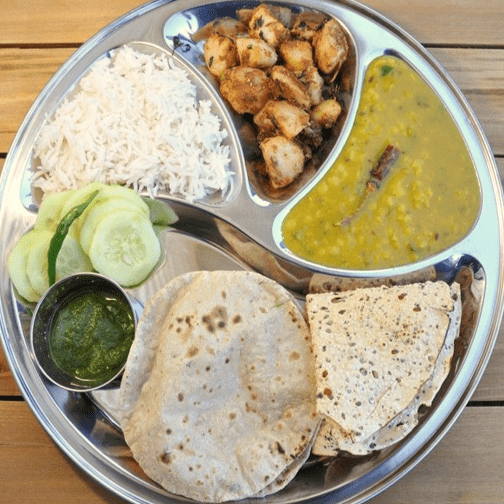For many living with Irritable Bowel Syndrome (IBS), navigating dietary choices can feel like a constant challenge, especially when deeply rooted in a rich culinary tradition like South Indian cuisine. The vibrant flavors, aromatic spices, and wholesome ingredients that define South Indian food are cherished, yet some of these very components can trigger uncomfortable IBS symptoms due to their high FODMAP content. Finding a balance between managing your health and enjoying your cultural foods is essential for well-being.
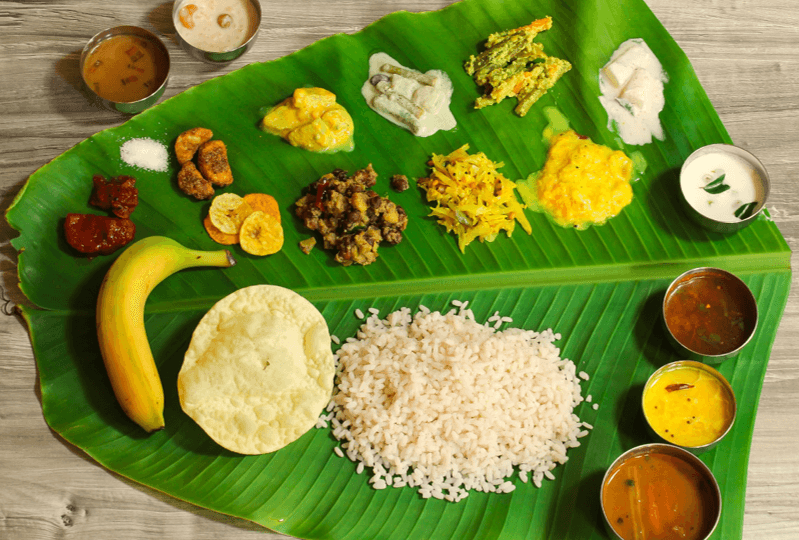
This guide is designed to empower you with the knowledge and practical strategies needed to embrace a low fodmap south indian diet. We understand that food is more than just sustenance; it’s a source of comfort, tradition, and joy. Our aim is to help you adapt your favorite South Indian dishes, making them IBS-friendly without sacrificing their authentic taste. By understanding which ingredients to modify and how, you can alleviate symptoms like bloating, gas, and abdominal pain, leading to a more comfortable and enjoyable life. This evidence-based approach will help you rediscover the pleasure of eating while effectively managing your chronic condition.
Understanding FODMAPs and Their Impact on IBS
To successfully implement a low fodmap south indian diet, it’s crucial to first grasp what FODMAPs are and how they affect individuals with IBS. FODMAP stands for Fermentable Oligosaccharides, Disaccharides, Monosaccharides, and Polyols. These are types of carbohydrates that are poorly absorbed in the small intestine and rapidly fermented by bacteria in the large intestine. For sensitive individuals, this fermentation process leads to gas production and water retention in the bowel, causing the common and often debilitating symptoms of IBS.
What are FODMAPs?
FODMAPs are a group of short-chain carbohydrates found in many everyday foods. Each category refers to a different type of sugar molecule or sugar alcohol. Oligosaccharides include fructans and galacto-oligosaccharides (GOS), commonly found in wheat, onions, garlic, and legumes. Disaccharides mainly refer to lactose, present in dairy products. Monosaccharides include fructose, found in some fruits and high-fructose corn syrup. Polyols are sugar alcohols like sorbitol and mannitol, found in certain fruits, vegetables, and artificial sweeteners.
- Fructans and GOS: Found in garlic, onions, wheat, and many legumes.
- Lactose: Present in milk, yogurt, and soft cheeses.
- Fructose: Common in apples, mangoes, and honey.
- Polyols: Found in avocados, mushrooms, and some sugar-free products.
For individuals with IBS, consuming these poorly absorbed carbohydrates can trigger a cascade of digestive issues. The fermentation in the large intestine leads to increased gas, which stretches the bowel walls. This stretching is perceived as pain, bloating, and cramping due to heightened visceral sensitivity common in IBS sufferers. Understanding these mechanisms is the first step towards taking control of your symptoms through dietary adjustments. The goal of a low FODMAP diet is to reduce the intake of these fermentable carbohydrates, thereby minimizing their irritating effects on the gut. The Monash University FODMAP Diet is widely recognized as the authoritative source for information and certified low-FODMAP foods, providing invaluable resources for anyone embarking on this dietary journey.
South Indian Cuisine and FODMAPs: Challenges and Solutions
South Indian cuisine is renowned for its vibrant use of fresh ingredients, spices, and an emphasis on wholesome grains and lentils. However, many traditional recipes often incorporate ingredients that are high in FODMAPs, presenting a unique challenge for those following a low fodmap south indian diet. The good news is that with a bit of creativity and strategic substitutions, you can continue to enjoy the rich flavors of this culinary tradition without triggering your IBS symptoms.
Common High-FODMAP Ingredients in South Indian Food
Several staple ingredients in South Indian cooking are known to be high in FODMAPs. Onions and garlic, for instance, are the foundation of many gravies, curries, and tempering (tadka), and they are rich in fructans. Legumes, particularly chana dal (split chickpeas) and urad dal (black gram), which are central to dishes like sambar, dosa, and idli, contain high levels of GOS. While healthy in general, these can be problematic for IBS sufferers. Large quantities of coconut, often used in chutneys, curries, and milk, can also be high in polyols, depending on the form and amount. Even certain vegetables like cauliflower and cabbage, used in poriyals and stir-fries, are high in polyols or fructans in larger servings.
- Onions and Garlic: High in fructans, common in most savory dishes.
- Chana Dal and Urad Dal: High in GOS, staples in many traditional recipes.
- Large Quantities of Coconut: Polyols can be an issue in coconut milk or grated coconut.
- Certain Vegetables: Cauliflower and cabbage can be high in FODMAPs.
Adapting Traditional Recipes for a Low FODMAP Approach
The key to a successful low fodmap south indian diet lies in smart ingredient substitutions and mindful cooking techniques. To replace the flavor base of onions and garlic, consider using the green parts of spring onions (scallions), which are low FODMAP, or asafoetida (heeng) dissolved in oil, ensuring it’s a gluten-free variety. Asafoetida offers a pungent, savory depth that can mimic the umami of onions and garlic. For lentils, small portions of moong dal (split green gram) and masoor dal (red lentils) are often better tolerated than chana dal or urad dal. When using coconut, opt for small servings of desiccated coconut or coconut milk, or dilute coconut milk to reduce its FODMAP content. Many spices like mustard seeds, cumin, turmeric, curry leaves, and ginger are naturally low in FODMAPs and can be used liberally to build flavor. Experiment with these adjustments to find combinations that work best for your palate and your gut.
- Use green parts of spring onions or gluten-free asafoetida as an onion/garlic substitute.
- Opt for small portions of moong dal or masoor dal over chana dal or urad dal.
- Moderate coconut intake; use diluted coconut milk or smaller amounts of grated coconut.
- Embrace naturally low FODMAP spices: mustard seeds, cumin, turmeric, curry leaves, ginger.
Low FODMAP South Indian Staples and Substitutions
Building a low fodmap south indian diet requires a good understanding of which staple ingredients are safe and how to make appropriate substitutions. This section will guide you through common components of South Indian cuisine, offering practical advice for each category to ensure your meals are both delicious and gut-friendly.
Grains and Flours
Rice is a cornerstone of South Indian meals, and happily, most forms of rice are low in FODMAPs. Basmati rice, Sona Masoori, and plain white or brown rice are excellent choices. Avoid rice dishes with added high-FODMAP ingredients like onions or garlic. For traditional preparations like idli and dosa, a batter predominantly made from rice flour, with a smaller, well-fermented portion of moong dal, can be a good option. Explore alternative flours like ragi (finger millet) flour and jowar (sorghum) flour, which are naturally gluten-free and low FODMAP, for making rotis, dosas, or porridges. These millets offer a nutritious and safe alternative to wheat-based products.
- Safe Grains: Basmati rice, Sona Masoori, white rice, brown rice.
- Safe Flours: Rice flour, ragi (finger millet) flour, jowar (sorghum) flour.
Lentils and Dals
Lentils are a significant source of protein and fiber in the South Indian diet, but many are high in GOS. The good news is that certain dals can be enjoyed in moderation. Moong dal (split green gram) and masoor dal (red lentils) are generally better tolerated in small portion sizes (around 1/4 cup cooked per meal). Chana dal (split chickpeas) and urad dal (black gram), unfortunately, are higher in FODMAPs and should be avoided during the elimination phase of the diet. When preparing dals, ensure they are thoroughly cooked, and soaking them before cooking can further reduce FODMAP content. Remember that even low-FODMAP lentils should be consumed in controlled portions to prevent symptom flare-ups.
- Better Tolerated in Small Portions: Moong dal, masoor dal.
- Avoid: Chana dal, urad dal during the elimination phase.
Vegetables
A wide variety of vegetables are suitable for a low fodmap south indian diet, allowing for colorful and nutrient-rich dishes. Embrace vegetables like carrots, green beans, spinach, bottle gourd (lauki), ridge gourd (turai), brinjal (eggplant), zucchini, bell peppers (red, yellow, orange), and cucumber. These can be used generously in poriyals, curries, and kootus. Vegetables to limit or avoid include cauliflower, cabbage (in large amounts), peas, and mushrooms. Always check the Monash University FODMAP app for precise serving sizes, as some vegetables like green beans are low FODMAP in small servings but become high FODMAP in larger quantities.
- Low FODMAP Vegetables: Carrots, green beans (small portions), spinach, bottle gourd, ridge gourd, brinjal, zucchini, bell peppers, cucumber.
- High FODMAP to Limit/Avoid: Cauliflower, cabbage (large amounts), peas, mushrooms.
Fruits
Many delicious fruits can be included in a low FODMAP South Indian diet. Safe options include firm bananas (unripe), oranges, grapes, pineapple, and strawberries. Fruits to avoid or limit due to high fructose or polyol content include apples, mangoes, watermelon, and cherries. Always choose ripe, firm bananas over overly ripe ones, as the FODMAP content increases with ripeness. Incorporating these fruits as snacks or part of a light meal can add natural sweetness and essential nutrients to your diet.
- Low FODMAP Fruits: Firm bananas, oranges, grapes, pineapple, strawberries.
- High FODMAP to Limit/Avoid: Apples, mangoes, watermelon, cherries.
Fats, Oils, Spices, and Flavorings
Most fats and oils are naturally low in FODMAPs, including ghee, coconut oil (in moderate amounts), and sesame oil. These form the base of many South Indian preparations. Spices are where South Indian cuisine truly shines, and thankfully, most individual spices are low in FODMAPs. This includes mustard seeds, cumin seeds, turmeric powder, curry leaves, ginger, black pepper, and chili powder. As mentioned earlier, asafoetida (heeng) is an excellent garlic/onion substitute, but ensure it’s gluten-free as traditional versions often contain wheat. Avoid onion and garlic powder, as these are concentrated sources of FODMAPs. Fresh chilies are also low FODMAP and can be used to add heat.
- Low FODMAP Fats/Oils: Ghee, coconut oil (moderate), sesame oil.
- Low FODMAP Spices: Mustard seeds, cumin, turmeric, curry leaves, ginger, black pepper, chili powder.
- Flavoring Substitute: Gluten-free asafoetida.
- Avoid: Onion powder, garlic powder.
Dairy and Alternatives
Lactose can be a common trigger for IBS symptoms. If you enjoy dairy, opt for lactose-free milk and yogurt. Small amounts of paneer (Indian cottage cheese) are usually low in FODMAPs. For coconut milk, which can be high in polyols, use it in moderate quantities, or dilute it with water to reduce the FODMAP load. Plant-based alternatives like almond milk (unsweetened) or rice milk are generally low FODMAP and can be used in beverages or certain dishes. Always check labels for hidden high-FODMAP ingredients in processed alternatives.
- Dairy Options: Lactose-free milk/yogurt, small amounts of paneer.
- Alternatives: Unsweetened almond milk, rice milk, moderate diluted coconut milk.
Sample Low FODMAP South Indian Meal Plan
Crafting a daily meal plan with a low fodmap south indian diet can seem daunting at first, but with the right guidance, it becomes an enjoyable way to manage your symptoms. Here’s a sample daily menu incorporating the principles discussed, demonstrating how diverse and delicious your meals can still be.
Breakfast
Start your day with satisfying and gut-friendly options. Instead of traditional idli/dosa made with urad dal, consider alternatives. You could have rice idli or dosa prepared with a rice and moong dal batter, ensuring thorough fermentation. Pesarattu, a dosa made primarily from whole green gram (moong dal), is another excellent choice; just be mindful of portion sizes of the dal. Alternatively, a simple Upma made with rice rava or quinoa, seasoned with low FODMAP spices like mustard seeds, curry leaves, and green chilies, and mixed with carrots and green beans, provides a wholesome start. Pair your breakfast with a small serving of coconut chutney made with low FODMAP ingredients, or a ginger-based chutney.
- Rice Idli/Dosa (rice + moong dal, fermented)
- Pesarattu (moong dal dosa, small portion)
- Upma (rice rava/quinoa, with low FODMAP vegetables and spices)
- Accompaniment: Ginger chutney or coconut chutney (low FODMAP version).
Lunch
For lunch, a balanced meal featuring rice, a low FODMAP sambar or rasam, and a vegetable curry (poriyal) works wonderfully. White or Sona Masoori rice serves as the base. For Sambar, prepare it without onions or garlic, using a base of tomatoes, tamarind, and a low FODMAP lentil like moong dal in small quantities. Flavor with a generous amount of low FODMAP sambar powder (check ingredients for onion/garlic powder), mustard seeds, and curry leaves. A Rasam can be made similarly, focusing on tamarind, tomatoes, and black pepper. For the vegetable poriyal, opt for green beans, carrots, spinach, or zucchini, stir-fried with mustard seeds and curry leaves. These combinations provide a complete and flavorful meal that aligns with your low fodmap south indian diet.
- White or Sona Masoori Rice
- Low FODMAP Sambar (no onion/garlic, moong dal in moderation)
- Low FODMAP Rasam (tamarind, tomato, black pepper base)
- Vegetable Poriyal (green beans, carrots, spinach, or zucchini)
Snacks
Mid-day snacks can help sustain energy levels without triggering symptoms. Consider a small handful of roasted almonds or peanuts (in moderation, typically about 10-15 almonds or 28 peanuts). Fresh, low FODMAP fruits like an orange, a small firm banana, or a bowl of grapes make for refreshing and healthy options. A glass of lactose-free buttermilk, seasoned with a pinch of salt and a few curry leaves, can also be a soothing and probiotic-rich snack. Always be mindful of portion sizes, as even low FODMAP foods can cause issues if consumed in excess.
- Small handful of roasted almonds or peanuts
- Low FODMAP fruits (orange, firm banana, grapes)
- Lactose-free buttermilk (seasoned)
Dinner
Dinner can be a lighter version of lunch or a comforting, simple meal. Rice with a low FODMAP dal (like a simple moong dal tadka without onion/garlic) and a vegetable curry is a staple. Alternatively, a quinoa khichdi made with moong dal and low FODMAP vegetables like carrots and green beans, spiced with turmeric and cumin, offers a warm and easy-to-digest option. You can also enjoy a warm bowl of rice gruel (kanji) with a side of stir-fried spinach. The key is to keep dinner simple and allow your digestive system to rest before bedtime.
- Rice with low FODMAP Moong Dal Tadka
- Quinoa Khichdi (moong dal, low FODMAP vegetables)
- Rice Gruel (kanji) with stir-fried spinach
Tips for Success on a Low FODMAP South Indian Diet
Embarking on a low fodmap south indian diet is a journey that requires patience, planning, and attention to detail. Success isn’t just about knowing what to eat, but also how to approach the diet holistically. These practical tips will help you navigate the complexities and maintain long-term symptom relief.
Read Labels Carefully for Hidden FODMAPs
Many processed foods, even seemingly innocuous ones, can contain hidden high-FODMAP ingredients. Always check ingredient lists for common culprits like onion powder, garlic powder, high-fructose corn syrup, inulin, and various thickeners or stabilizers that may contain FODMAPs. This is particularly important for spice blends, ready-made sauces, and packaged snacks often used in modern Indian cooking. Becoming a diligent label reader is a crucial skill for anyone on a low FODMAP diet. Even products marketed as “natural” or “healthy” can contain triggers, so vigilance is key.
Meal Prep and Planning
Planning your meals in advance can significantly ease the burden of a restricted diet. Dedicate some time each week to plan your menu, shop for ingredients, and do some basic meal preparation. This might involve chopping low FODMAP vegetables, cooking a batch of rice, or preparing a low FODMAP dal. Having safe meals and snacks readily available prevents impulsive choices that could lead to symptom flare-ups. A well-stocked pantry with low FODMAP staples and a clear meal plan are your best allies in maintaining consistency on your low fodmap south indian diet.
Dining Out Strategies
Eating out at South Indian restaurants can be challenging, but it’s not impossible. Communicate clearly with the restaurant staff about your dietary needs. Ask about the ingredients used in dishes, specifically inquiring about onions, garlic, and specific dals. Opt for simple preparations like plain rice, dosas or idlis made primarily with rice (ask if urad dal content is minimal), and request for vegetable preparations to be made without onion or garlic. Carrying your own low FODMAP chutney or spice blend can also be helpful. Don’t be afraid to ask questions; your health is paramount.
Importance of the Reintroduction Phase
The low FODMAP diet is not meant to be a permanent, highly restrictive diet. It typically involves three phases: elimination, reintroduction, and personalization. After an initial elimination phase (usually 2-6 weeks) where you strictly avoid high-FODMAP foods and experience symptom relief, it’s crucial to systematically reintroduce FODMAPs. This helps identify which specific FODMAP groups and what quantities trigger your symptoms. The reintroduction phase is vital for understanding your individual tolerance levels and expanding your diet as much as possible, making your low fodmap south indian diet sustainable and less restrictive in the long run.
Consulting a Dietitian
The low FODMAP diet is complex and best undertaken with the guidance of a registered dietitian, especially one familiar with Indian cuisine. A dietitian can provide personalized advice, help you navigate the phases of the diet, ensure nutritional adequacy, and offer culturally relevant substitutions. They can help you tailor the low fodmap south indian diet to your specific needs and preferences, making the process smoother and more effective. Organizations like the Indian Dietetic Association can provide resources to find qualified professionals in India. Additionally, using a symptom tracker like the Candor app on the App Store or Google Play can significantly assist you and your dietitian in identifying triggers and patterns in your diet and symptoms. Logging your meals and symptoms daily provides valuable data for effective personalization.
Conclusion
Embracing a low fodmap south indian diet is a powerful step towards managing your IBS symptoms and reclaiming your digestive comfort. By understanding FODMAPs, making informed substitutions, and adopting mindful eating habits, you can continue to savor the rich and diverse flavors of South Indian cuisine without discomfort. This journey is about empowering yourself with knowledge and practical strategies, allowing you to enjoy food again with confidence.
Remember, the goal is not permanent restriction but rather personalization based on your unique tolerance levels. With careful planning, smart adaptations, and professional guidance, you can achieve a sustainable and delicious diet that supports both your health and your love for South Indian food. Your digestive well-being is within reach, and with this guide, you have the tools to embark on a flavorful path to relief and enjoyment.
Try the Candor app, which lets you log meals, symptoms, and habits with your voice — and instantly generates insights based on your data. Download on the App Store / Google Play.
This information is for educational purposes. Consult a registered dietitian or gastroenterologist before making significant dietary changes. These other resources could be helpful.

